Oswald's Wattle,
Umbrella Wattle
Display all 17 images
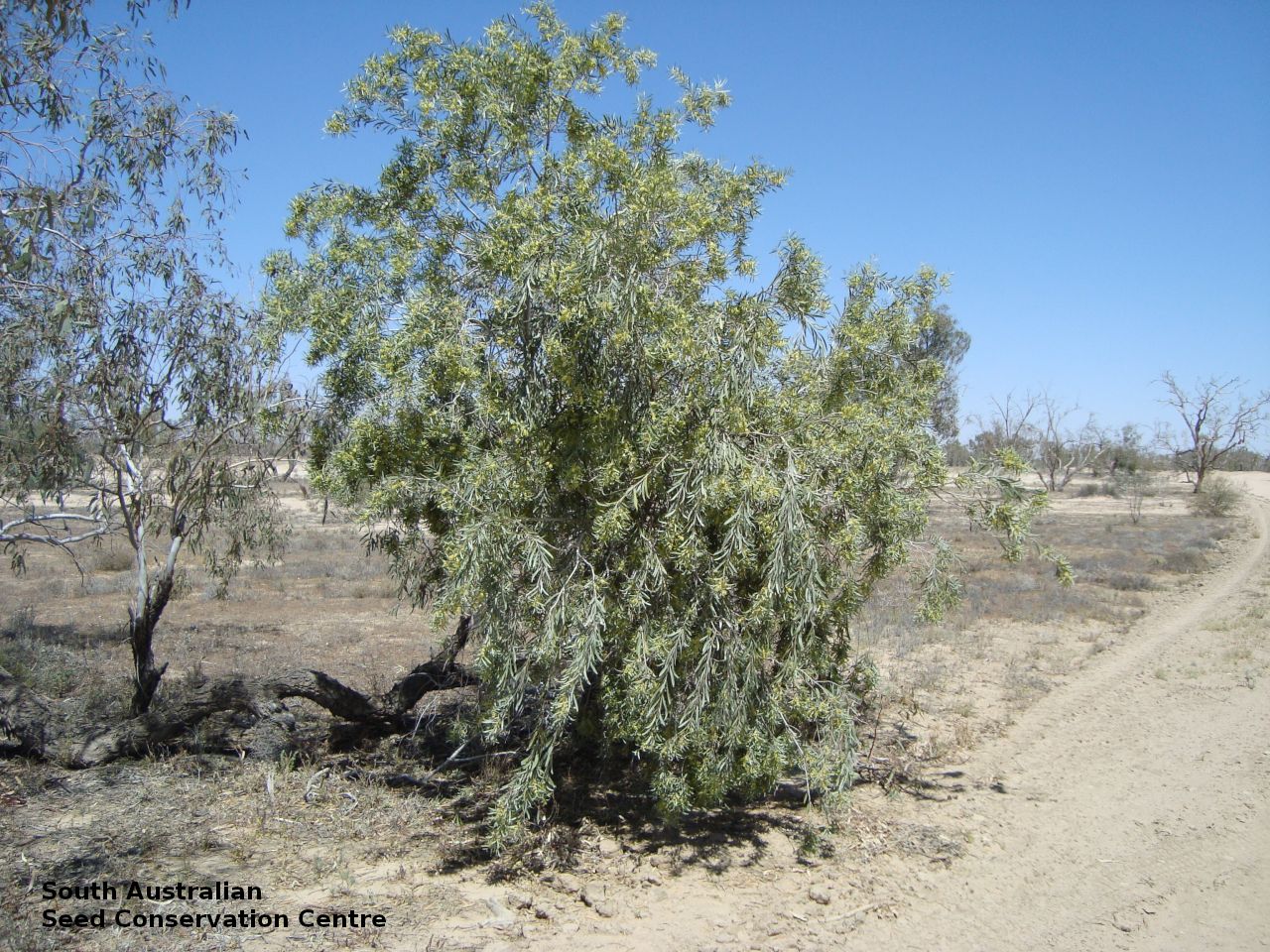
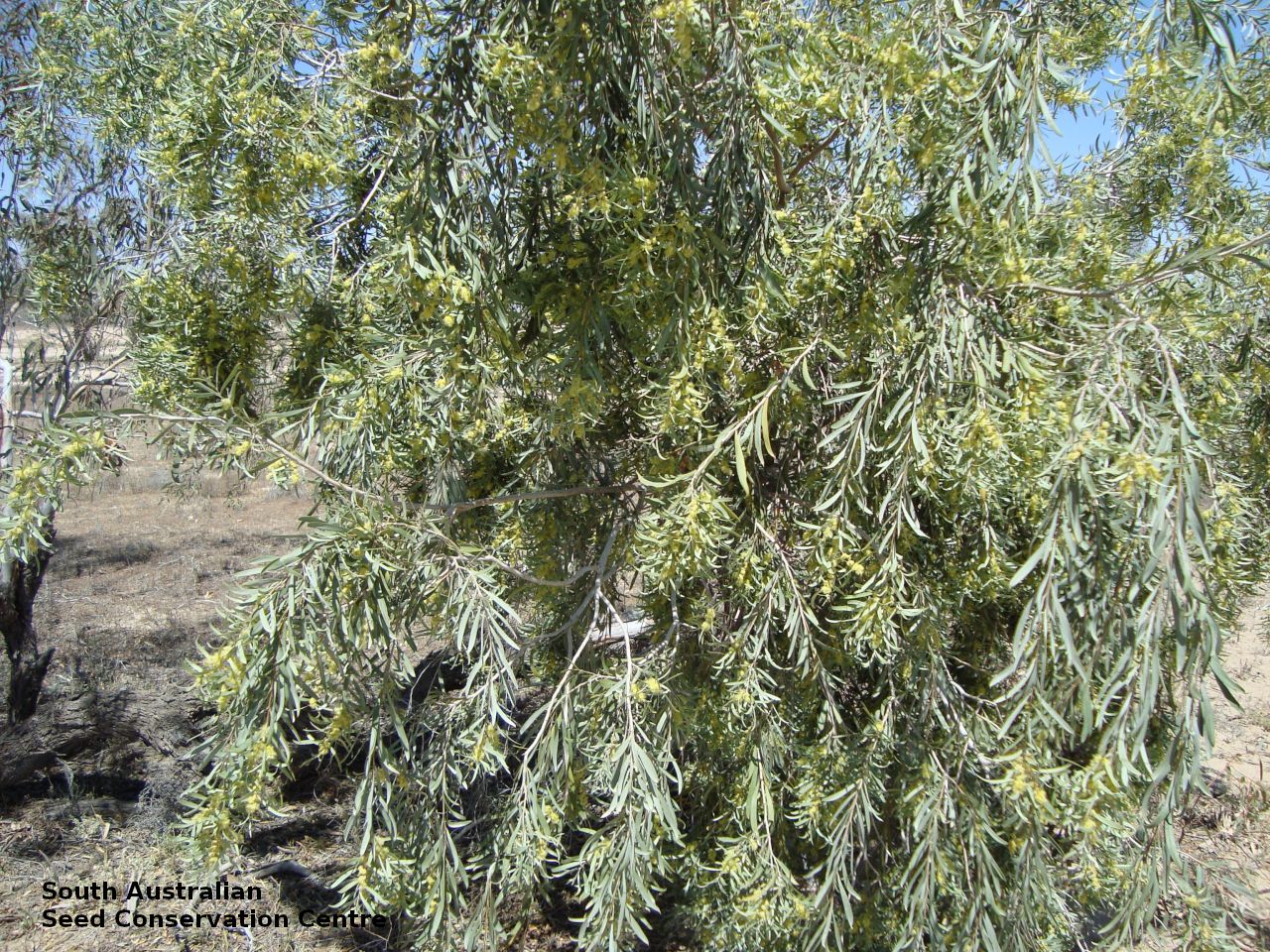
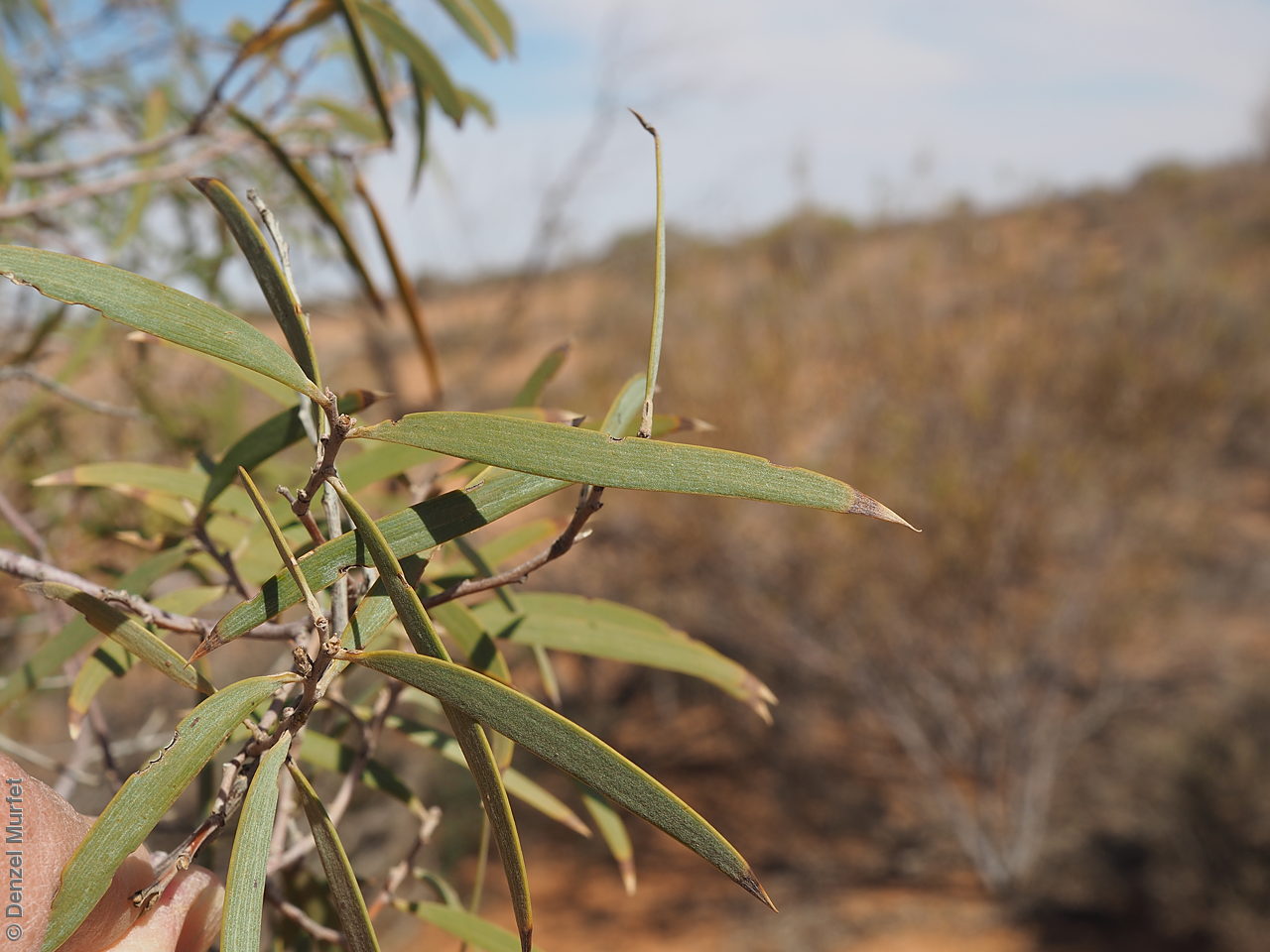
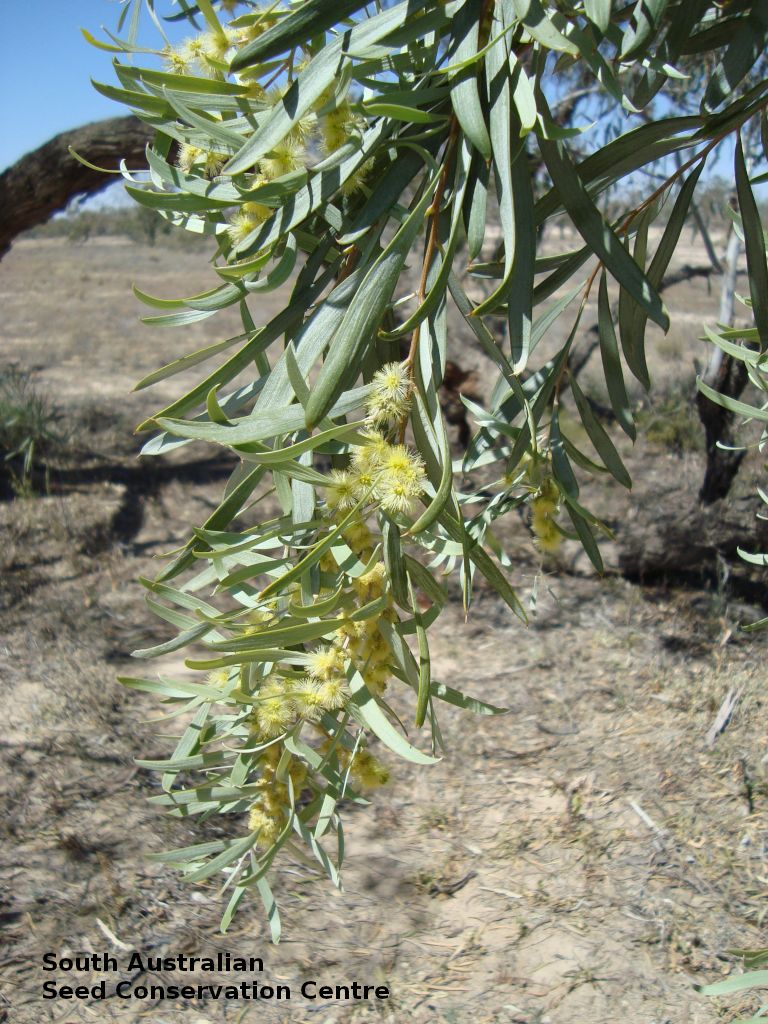
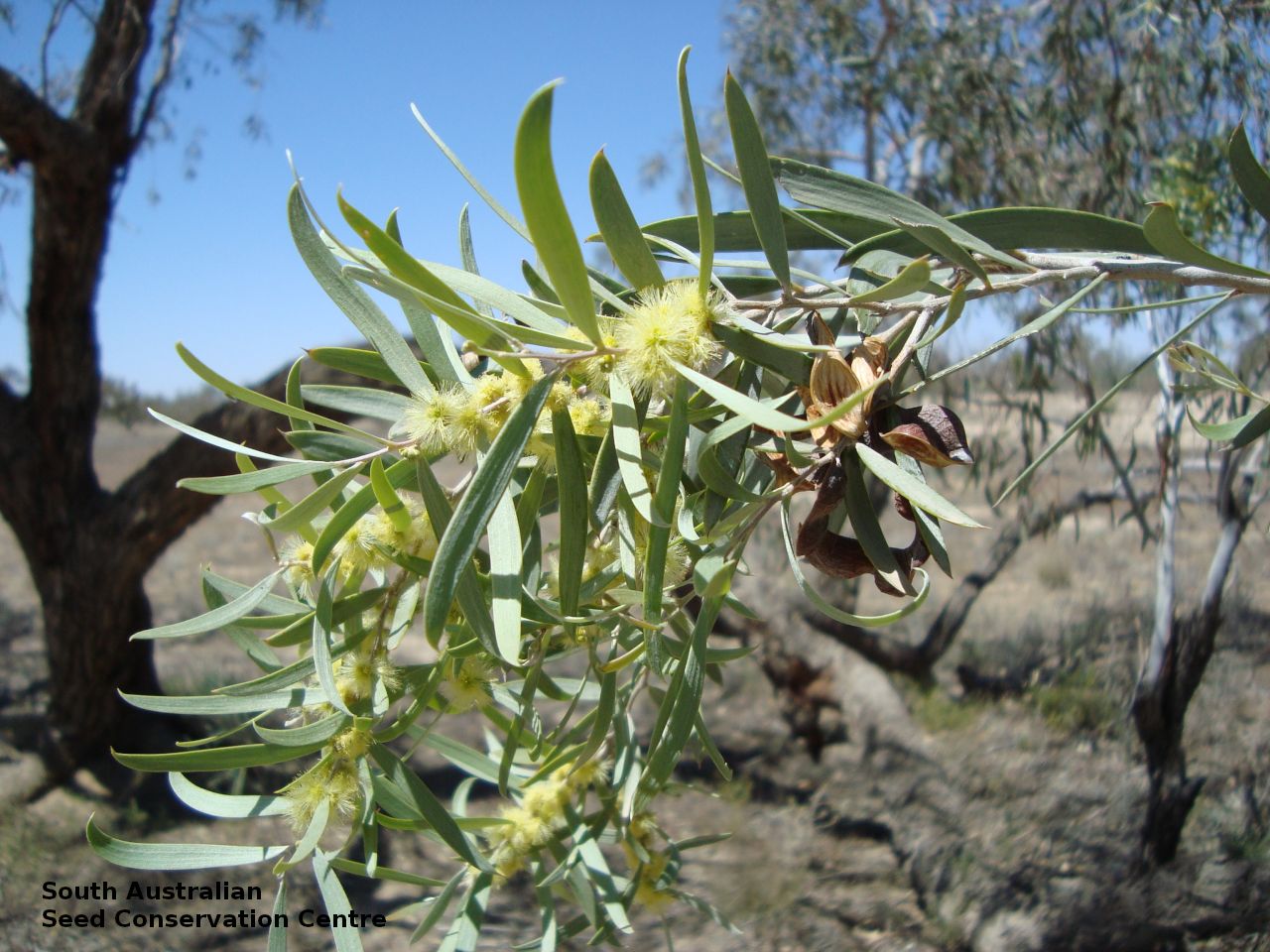
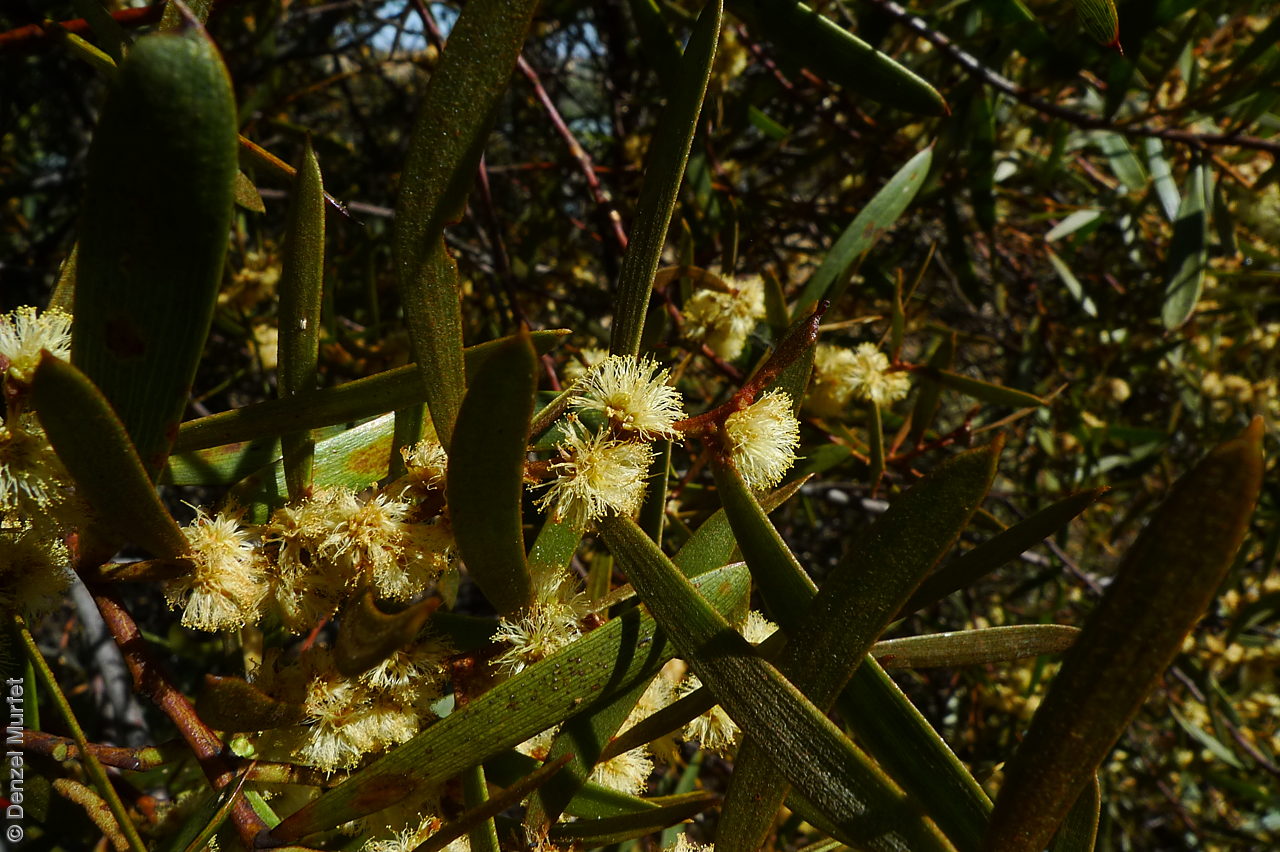
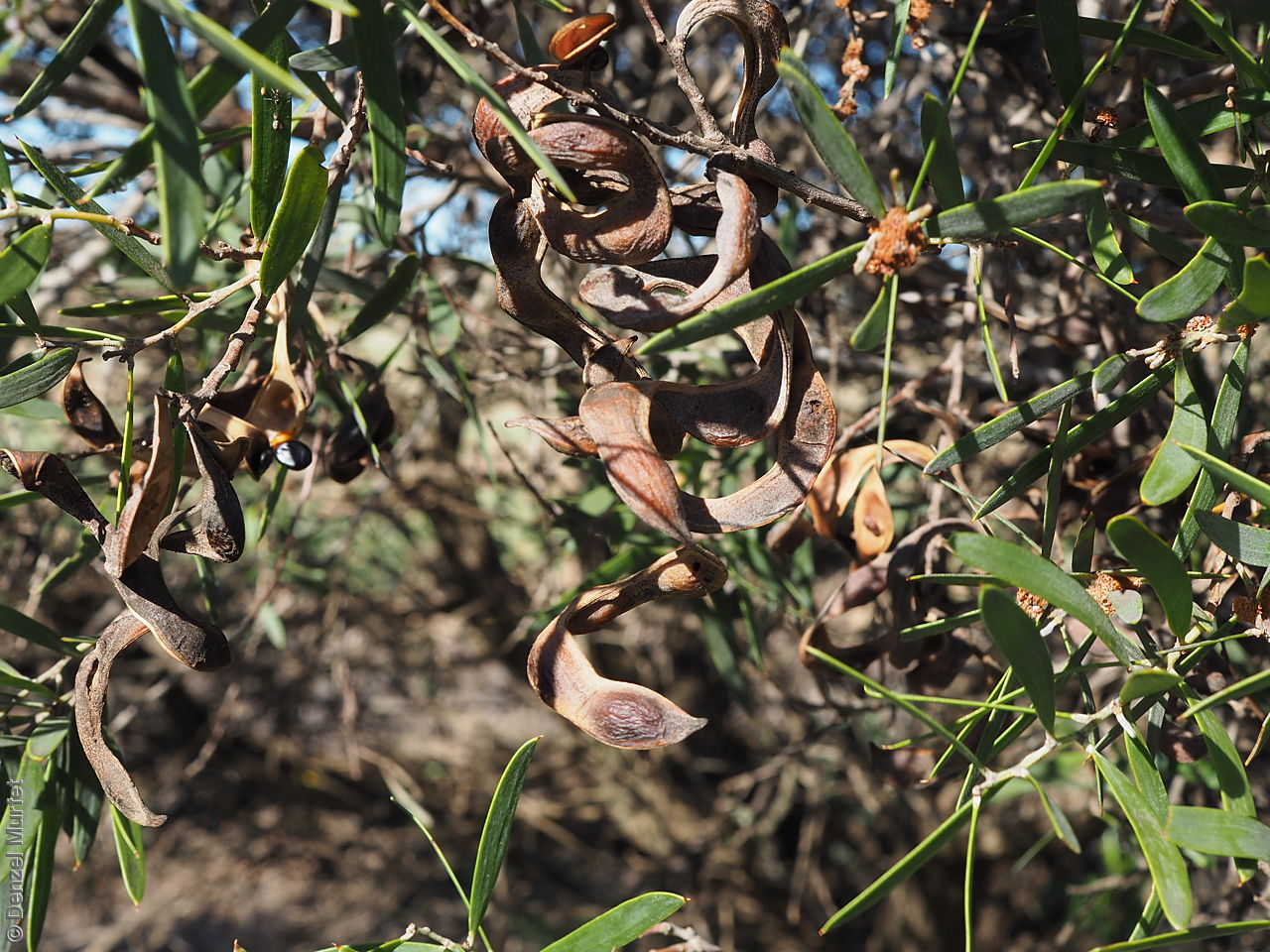
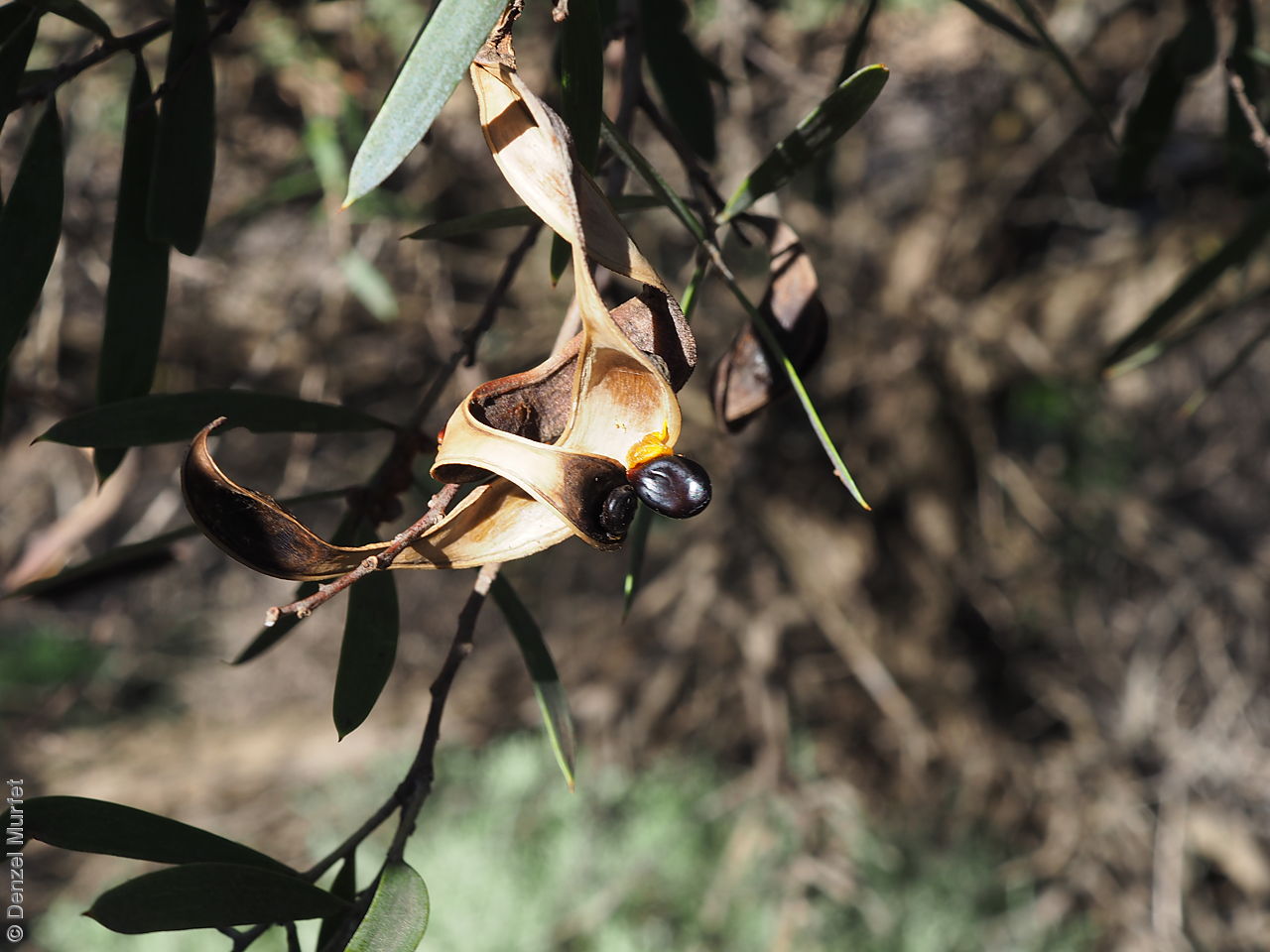
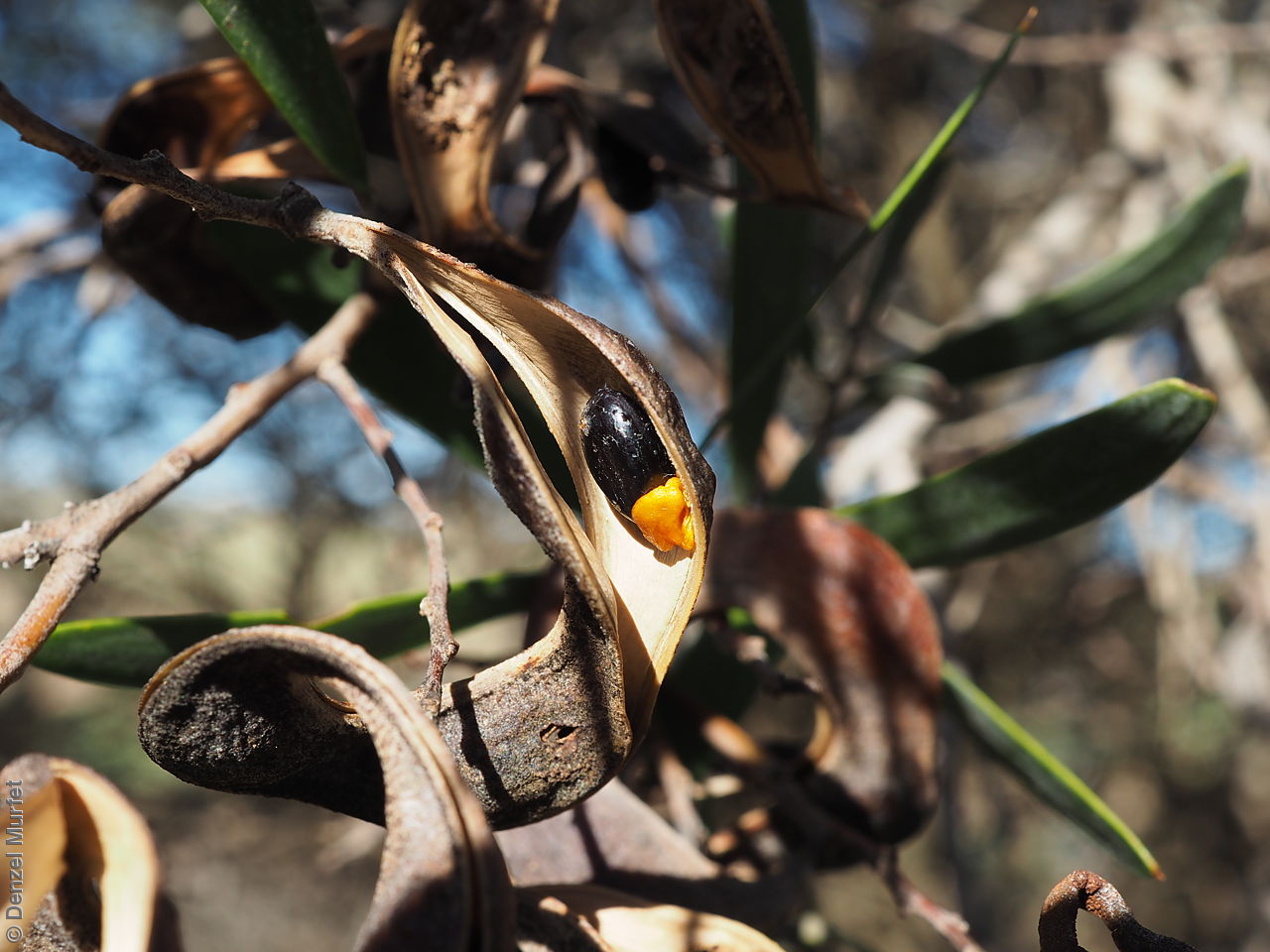
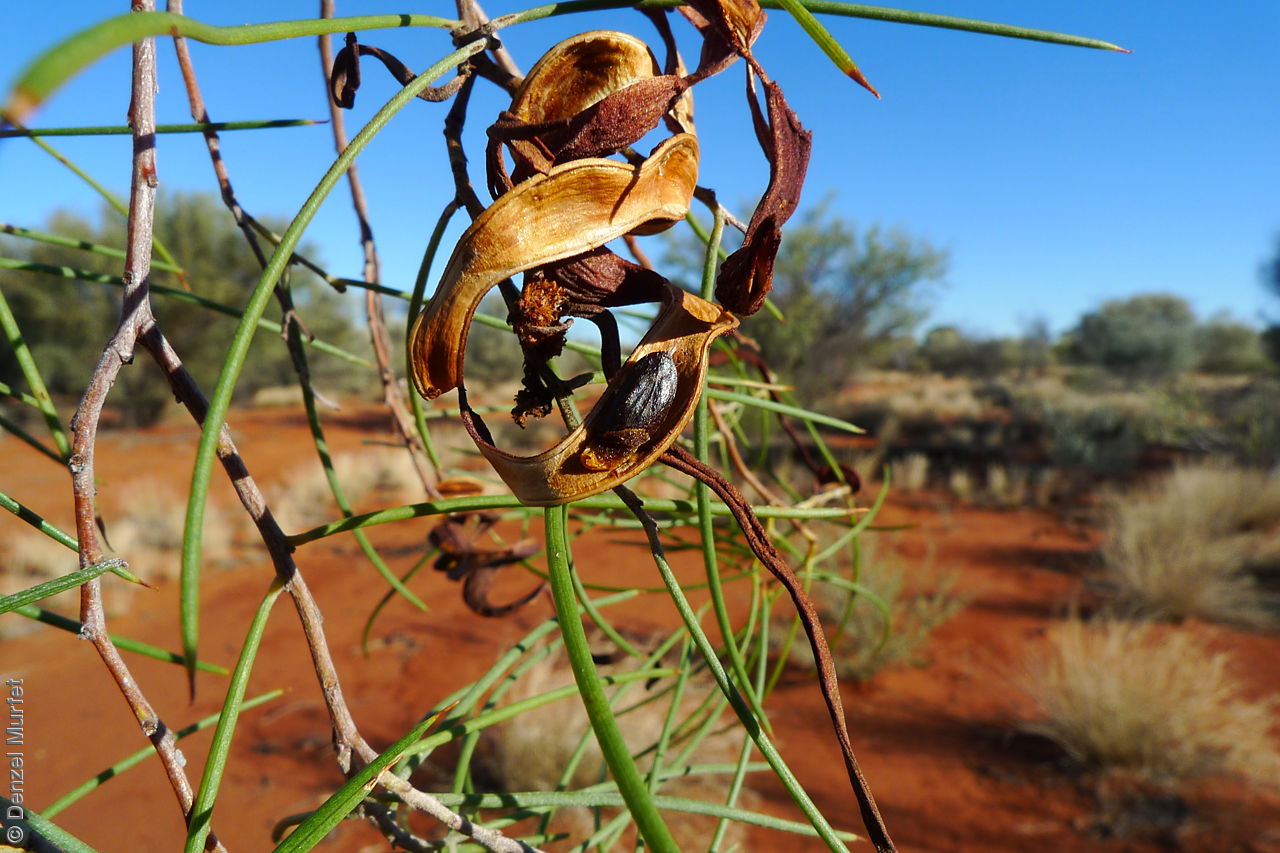
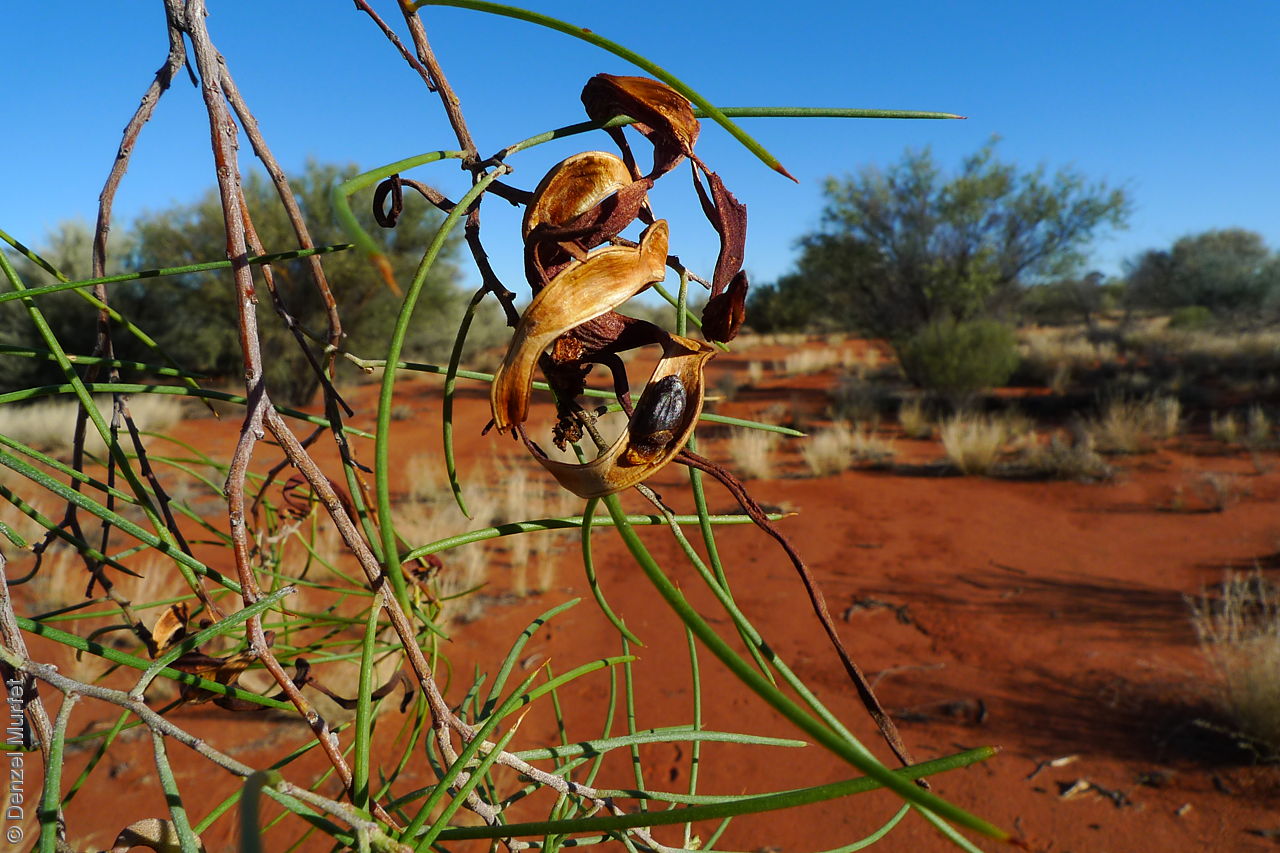
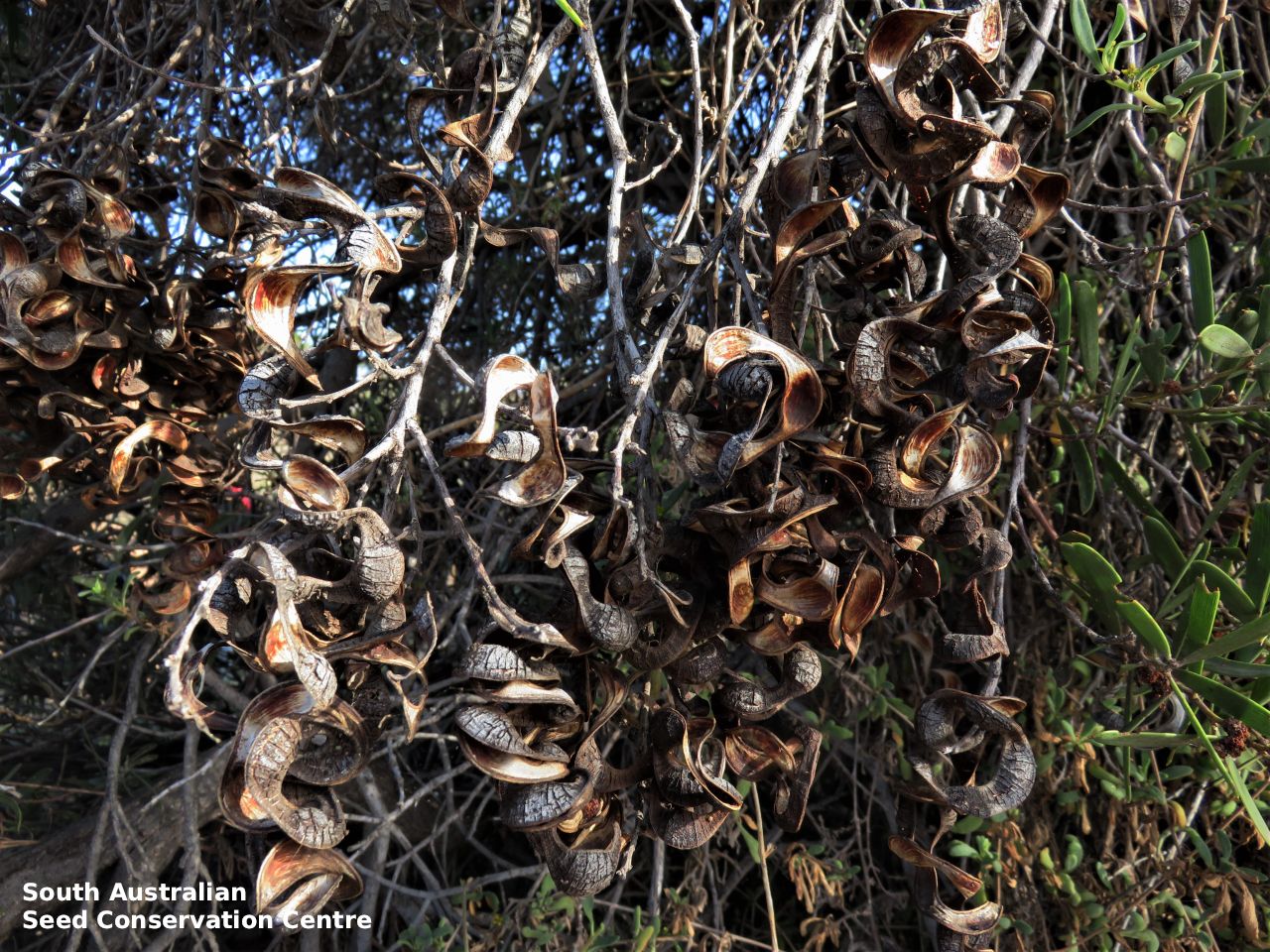
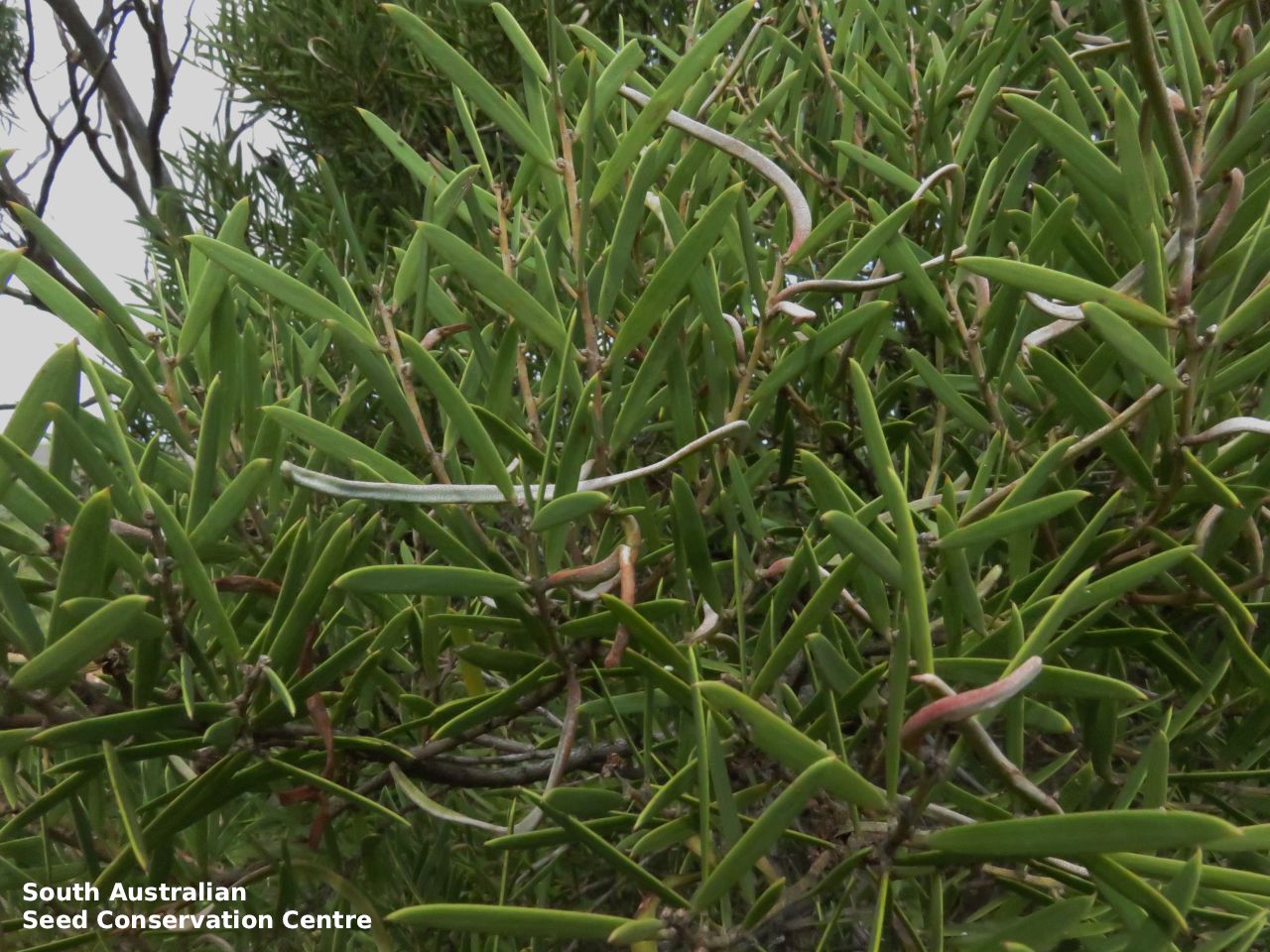
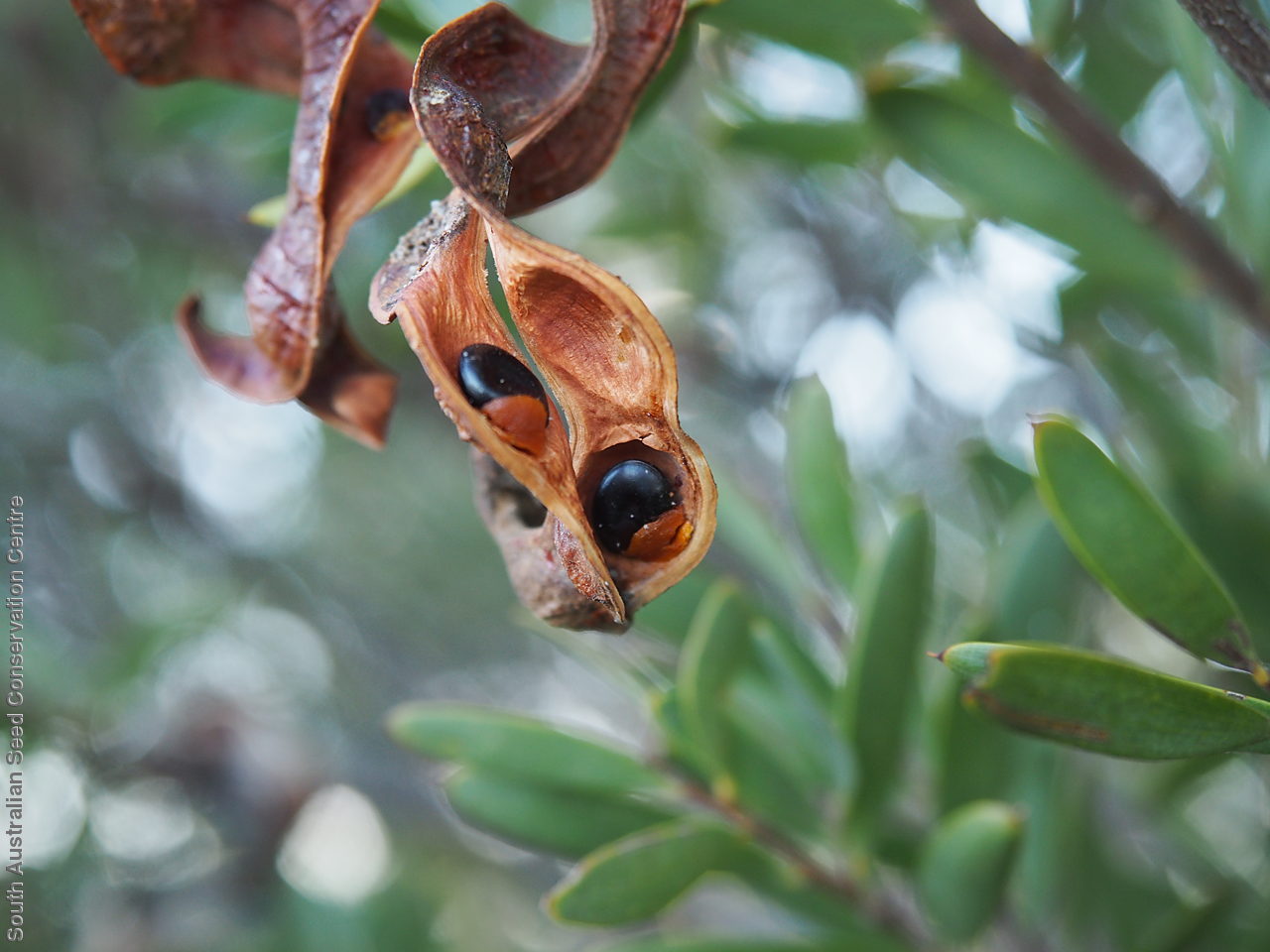
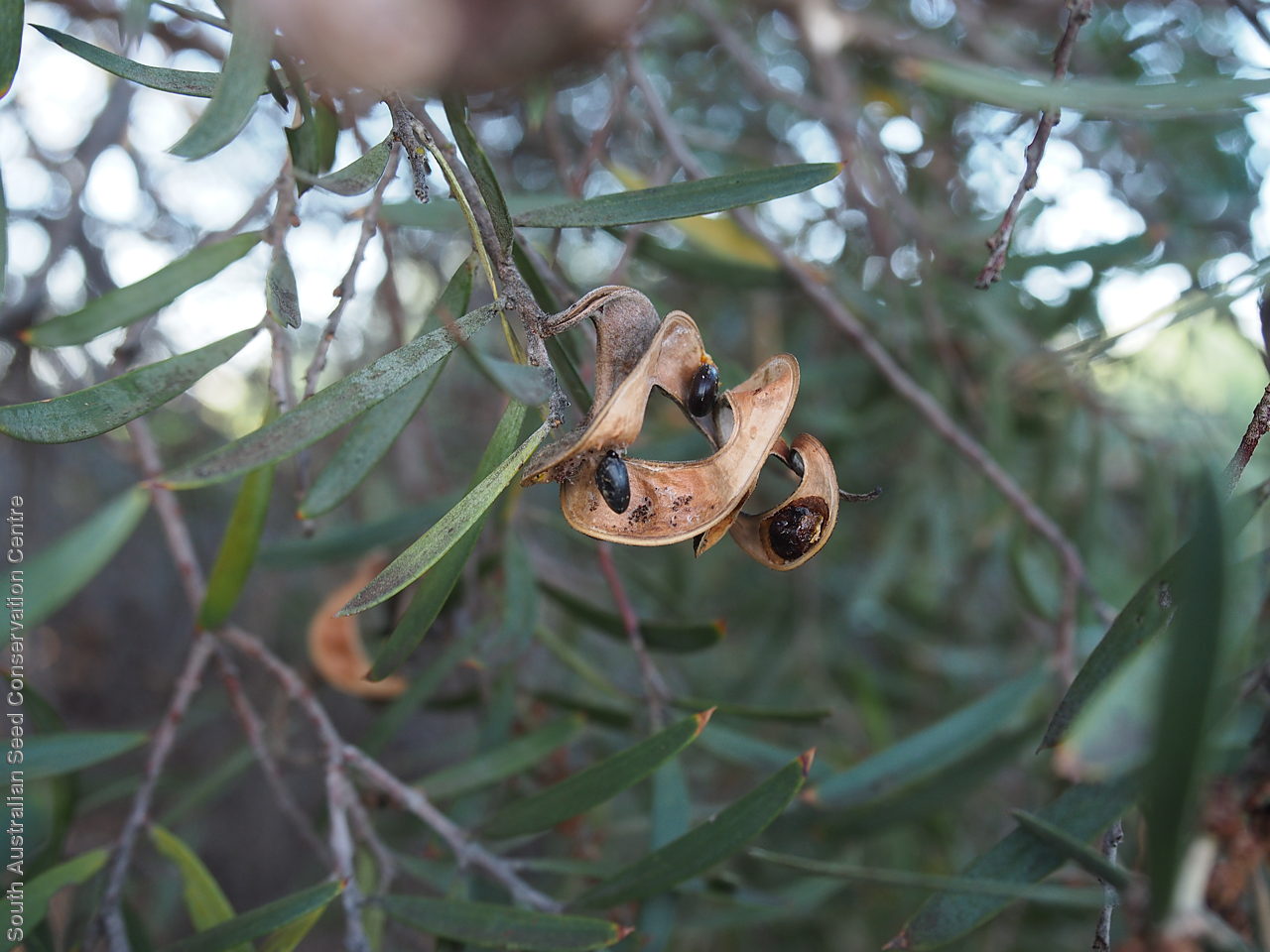
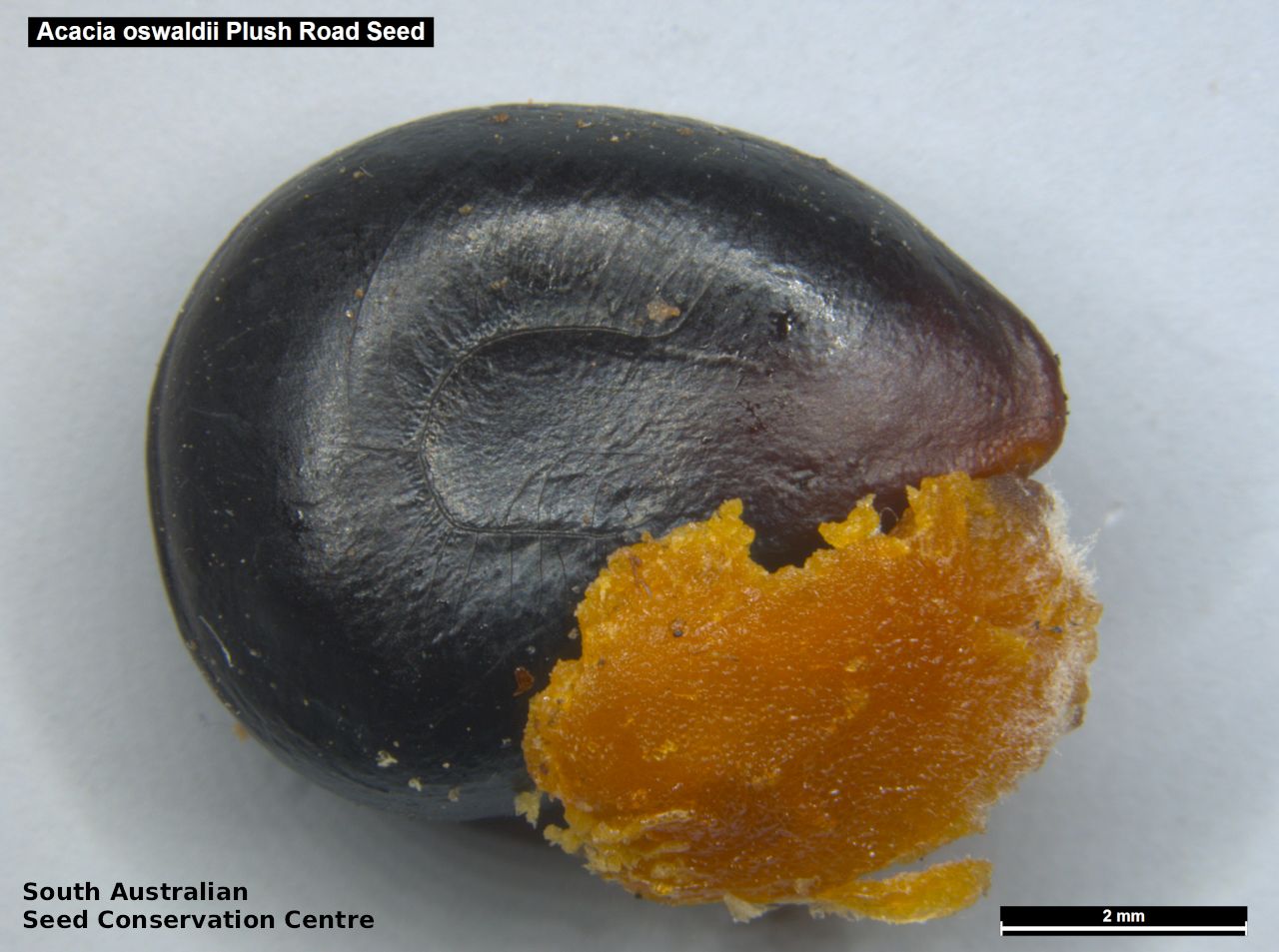
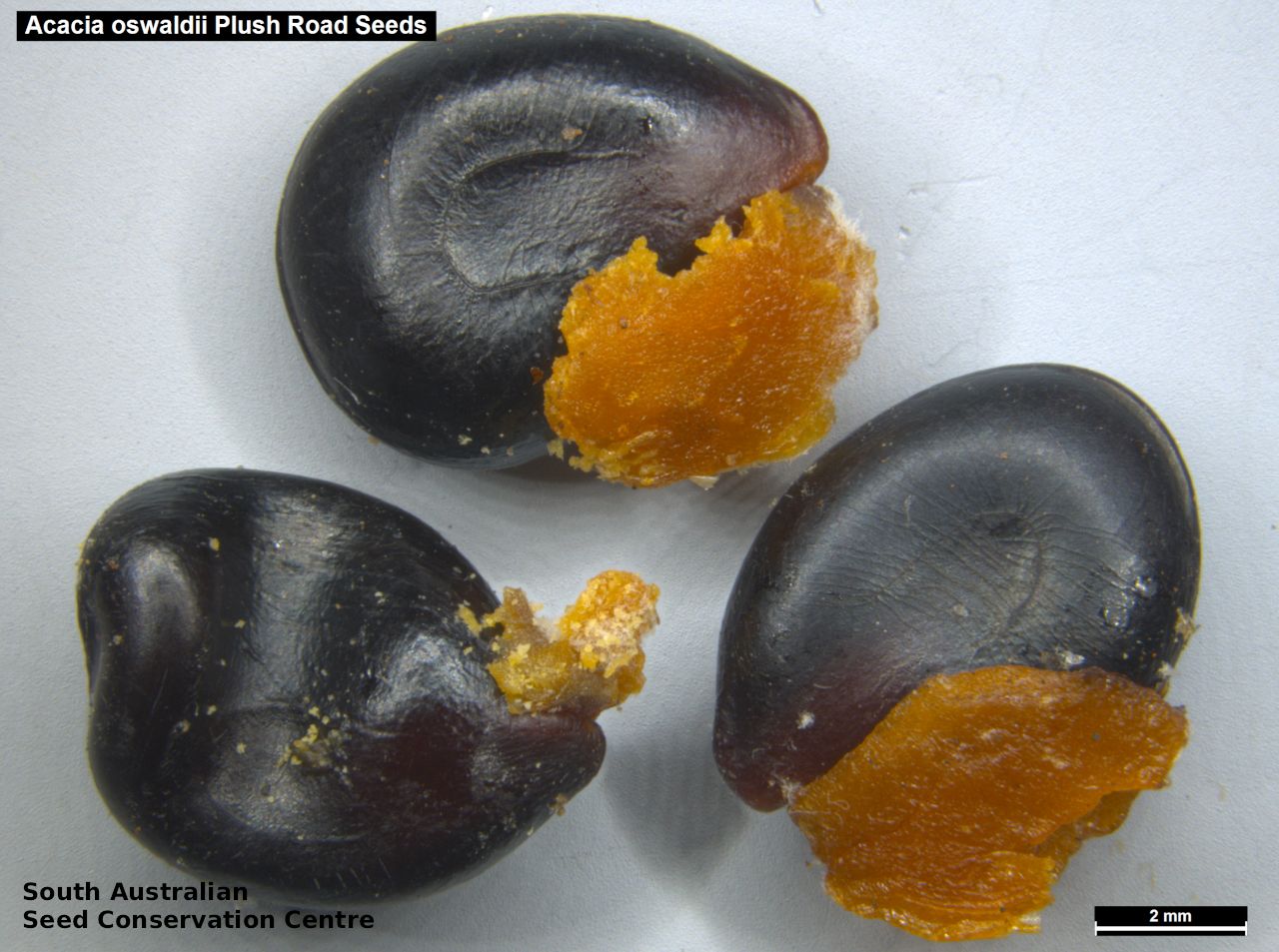
Regional Species Conservation Assessments per IBRA subregion.

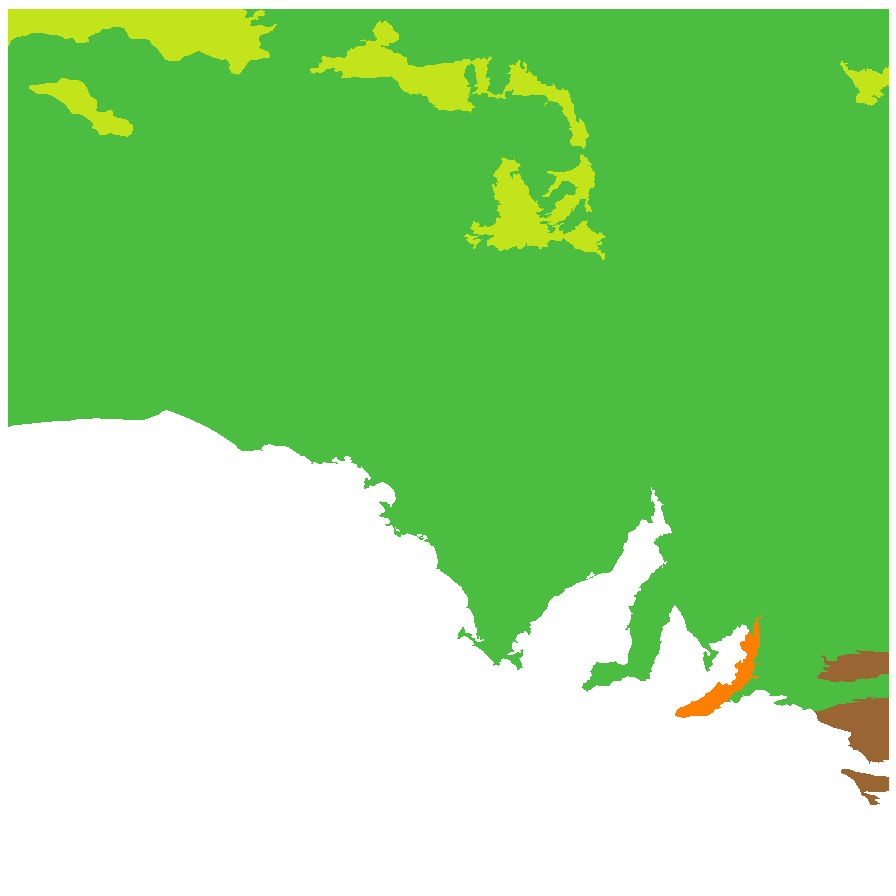
Least concern
Near threatened
Rare
Vulnerable
Endangered
Critically endangered
Extinct
Data deficient
Adelaide
Arkaroola
Ceduna
Coober Pedy
Hawker
Innamincka
Marla
Marree
Mount Gambier
Oodnadatta
Renmark
Wudinna
Keith
Yunta
Display IBRA region text
| Fleurieu (KAN02) | Kanmantoo | Endangered (IUCN: EN D) [semi arid sp; edge of range; T Croft: RA d(ii)] |
| Broughton (FLB02) | Flinders Lofty Block | Least Concern [dry mallee species] |
| Olary Spur (FLB03) | | Least Concern |
| Southern Flinders (FLB04) | | Least Concern |
| Northern Flinders (FLB05) | | Least Concern |
| Central Flinders (FLB06) | | Least Concern |
| Southern Yorke (EYB01) | Eyre Yorke Block | Least Concern [Probably depleted, long lived, spread by birds] |
| St Vincent (EYB02) | | Least Concern |
| Eyre Hills (EYB03) | | Least Concern |
| Talia (EYB04) | | Least Concern |
| Eyre Mallee (EYB05) | | Least Concern |
| South Olary Plain (MDD01) | Murray Darling Depression | Least Concern [long-lived; suckers] |
| Murray Mallee (MDD02) | | Least Concern [long-lived; suckers] |
| Lowan Mallee (MDD04) | | Rare (IUCN: RA d(i,ii)) [long-lived; suckers] |
| Braemer (MDD07) | | Least Concern |
| Murray Scroll Belt (RIV06) | Riverina | Least Concern [long-lived; suckers] |
| Myall Plains (GAW01) | Gawler | Least Concern |
| Gawler Volcanics (GAW02) | | Least Concern |
| Gawler Lakes (GAW03) | | Least Concern |
| Arcoona Plateau (GAW04) | | Least Concern |
| Kingoonya (GAW05) | | Least Concern |
| Torrens (GAW06) | | Least Concern |
| Roxby (GAW07) | | Least Concern |
| Commonwealth Hill (GAW08) | | Least Concern |
| Maralinga (GVD03) | Great Victoria Desert | Least Concern |
| Kintore (GVD04) | | Least Concern [grazed by camels] |
| Tallaringa (GVD05) | | Least Concern [grazed by camels] |
| Yellabinna (GVD06) | | Least Concern |
| Carlisle (NUL01) | Nullarbor | Least Concern |
| Nullarbor Plain (NUL02) | | Least Concern |
| Yalata (NUL03) | | Least Concern |
| Hampton (HAM01) | Hampton | Least Concern |
| Barrier Range (BHC01) | Broken Hill Complex | Least Concern |
| Barrier Range Outwash (BHC04) | | Least Concern |
| Bimbowrie (BHC05) | | Least Concern |
| Curnamona (BHC06) | | Least Concern |
| Simpson Desert (SSD02) | Simpson Strzelecki Dunefields | Least Concern [grazed by camels] |
| Dieri (SSD03) | | Least Concern [grazed by camels] |
| Warriner (SSD04) | | Near Threatened |
| Strzelecki Desert (SSD05) | | Least Concern [grazed by camels] |
| Breakaways (STP01) | Stony Plains | Least Concern [grazed by camels] |
| Oodnadatta (STP02) | | Least Concern [grazed by camels] |
| Murnpeowie (STP03) | | Least Concern [grazed by camels] |
| Peake-Dennison Inlier (STP04) | | Near Threatened |
| Macumba (STP05) | | Near Threatened |
| Witjira (STP06) | | Least Concern [grazed by camels] |
| Baltana (STP07) | | Least Concern [grazed by camels] |
| Sturt Stony Desert (CHC02) | Channel Country | Least Concern [grazed by camels] |
| Diamantina-Eyre (CHC04) | | Least Concern [grazed by camels] |
| Coongie (CHC06) | | Least Concern [grazed by camels] |
| Lake Pure (CHC07) | | Near Threatened |
| Mann-Musgrave Block (CER01) | Central Ranges | Near Threatened [lots of northern records will become A sessilliseps] |
| Watarru (CER02) | | Near Threatened [lots of northern records will become A sessilliseps] |
| Everard Block (CER03) | | Least Concern [grazed by camels] |
| Tieyon (FIN03) | Finke | Least Concern [grazed by camels] |
| Pedirka (FIN04) | | Near Threatened [lots of northern records will become A sessilliseps] |
| Fleurieu (KAN02) | Kanmantoo | Endangered (IUCN: EN D) [semi arid sp; edge of range; T Croft: RA d(ii)] |
| 5 of 6 subregions | Flinders Lofty Block | Least Concern |
| 5 of 5 subregions | Eyre Yorke Block | Least Concern |
| 4 of 6 subregions | Murray Darling Depression | Least Concern , Rare |
| Murray Scroll Belt (RIV06) | Riverina | Least Concern [long-lived; suckers] |
| 8 of 8 subregions | Gawler | Least Concern |
| 4 of 4 subregions | Great Victoria Desert | Least Concern |
| 3 of 3 subregions | Nullarbor | Least Concern |
| Hampton (HAM01) | Hampton | Least Concern |
| 4 of 4 subregions | Broken Hill Complex | Least Concern |
| 4 of 4 subregions | Simpson Strzelecki Dunefields | Least Concern , Near Threatened |
| 7 of 7 subregions | Stony Plains | Least Concern , Near Threatened |
| 4 of 4 subregions | Channel Country | Least Concern , Near Threatened |
| 3 of 3 subregions | Central Ranges | Least Concern , Near Threatened |
| 2 of 2 subregions | Finke | Least Concern , Near Threatened |
Botanical art
Kath Alcock paintings: 8
Prior names
Racosperma oswaldii
Acacia sessiliceps
Common names
Oswald's Wattle
Umbrella Wattle
Etymology
Acacia from the Greek 'akakia' and derived from 'ake' or 'akis' meaning a sharp point or thorn and 'akazo' meaning to sharpen. Dioscorides the Greek physician and botanist used the word in the 1st century AD for the Egyptian thorn tree, Acacia arabica. Oswaldii named after Ferdinand Oswald, a former resident of Adelaide and later returning home to Germany, who was involved with the collection of the type specimen with Ferdinand von Mueller in 1851 near Blanchetown, South Australia.
Distribution and status
Found scattered across South Australia except on Kangaroo Island and the South-East, growing in open woodland or tall shrubland on calcareous loamy or sandy soils. Also found in all mainland states. Native. Common in South Australia. Common in the other States.
Herbarium regions: North Western, Lake Eyre, Nullarbor, Gairdner-Torrens, Flinders Ranges, Eastern, Eyre Peninsula, Northern Lofty, Murray, Yorke Peninsula, Southern Lofty, Green Adelaide
NRM regions: Adelaide and Mount Lofty Ranges, Alinytjara Wilurara, Eyre Peninsula, Northern and Yorke, South Australian Arid Lands, South Australian Murray-Darling Basin
AVH map: SA distribution map (external link)
Plant description
Dense, rounded, spreading shrubs or small trees to 6 m high with bushy umbrella-liked canopy with finely fissured, rough, dark grey bark. Leaves linear, oblong-lanceolate to 8 cm long and 1 cm wide, flat, thick, rigid, striate, silvery or somewhat golden pubescent when young, becoming glabrous with age, with numerous fine parallel more or less prominent veins and straight or curved pungent tip. Inflorescences in axil with 1 or 2 pale yellow golbular flower-heads. Flowering irregularly throughout the year but mainly between October and January. Fruits are linear pod to 17 cm long and 10 mm wide, spirally twisted, leathery to woody. Seeds are black, glossy, hard, globular to ovoid to 7 mm along and 6 mm wide with a broad fleshy, yellowish-orange aril. Seed embryo type is investing.
Seed collection and propagation
Collect seeds between January to April. Collect mature pods that are turning brown, with hard, dark seeds inside. Place the pods in a tray and leave to dry for 1-2 weeks or until the pods begin to split. Then rub the dried pods to dislodge the seeds. Use a sieve to separate any unwanted material. Store the seeds with a desiccant such as dried silica beads or dry rice, in an air tight container in a cool and dry place. This species has physical dormancy that needs to be overcome for the seed to germinate (e.g. nicking or softening the seed coat).


















